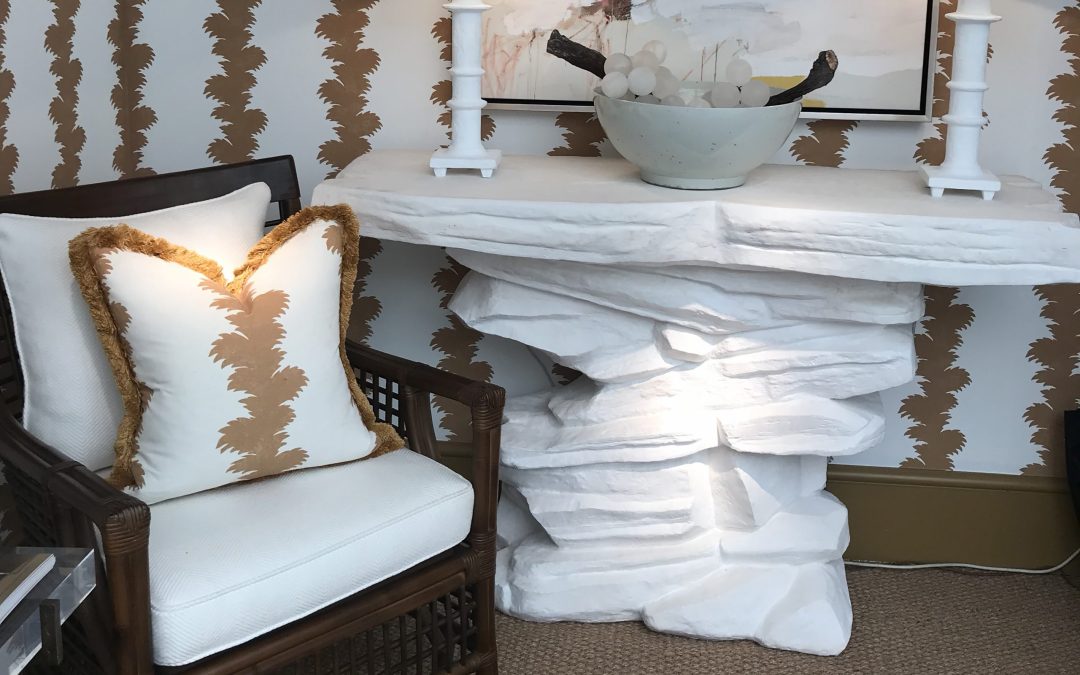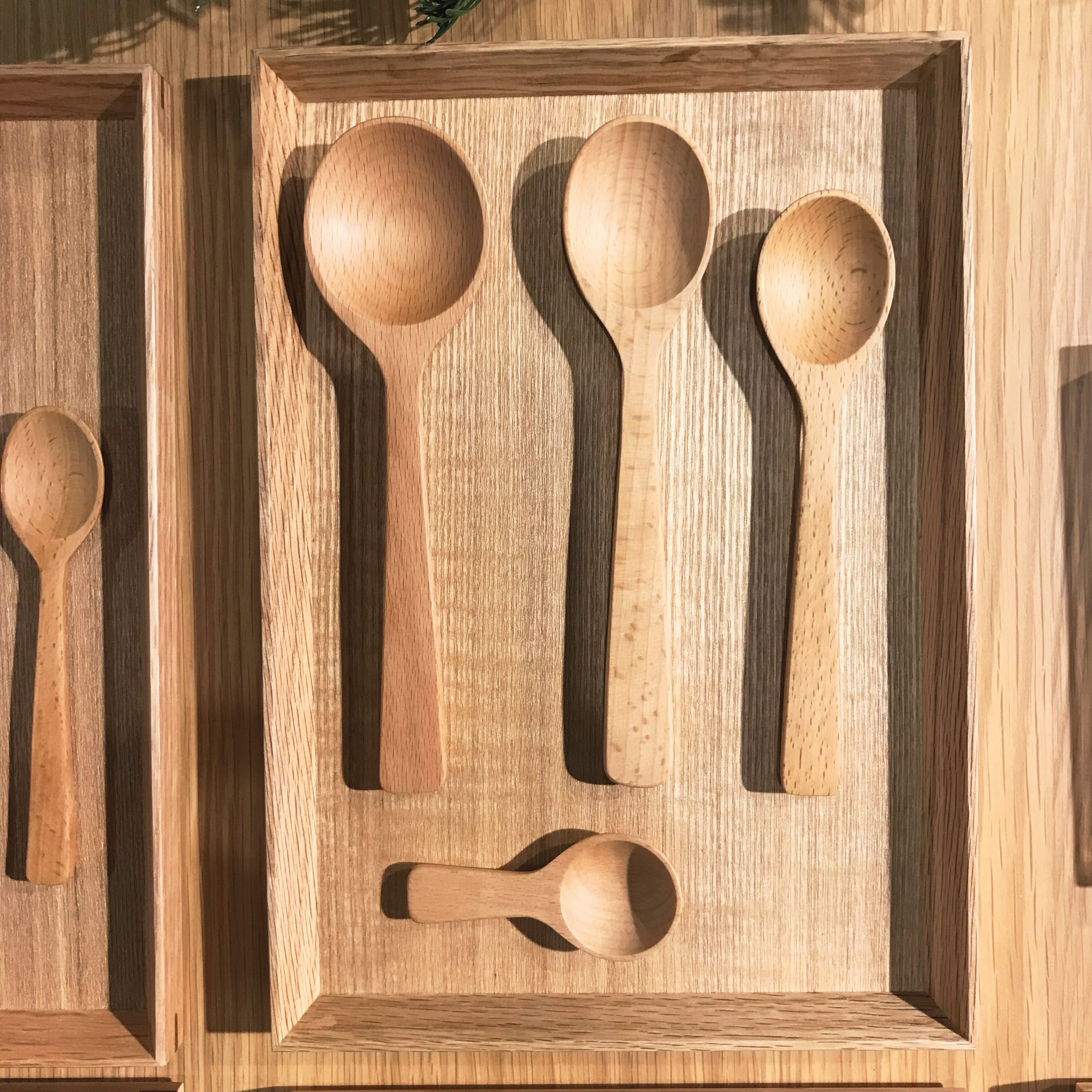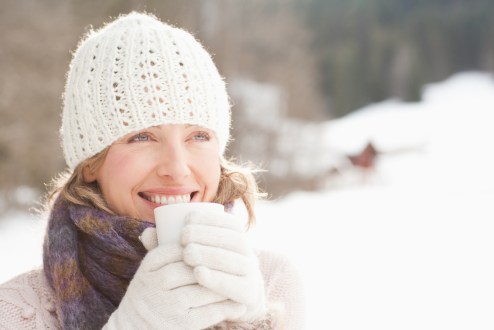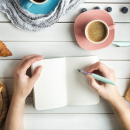The psychology of colour: beige
Martha Roberts, creator of The Colour File, investigates how colour makes us think, act and feel. This month, we fawn over beige

2 minute read
Bright colours are in the ascendant, with Millennial pink, Gen Z yellow and Pantone’s Ultra Violet wowing us in interiors and fashion. But, whether we call it cappuccino, biscuit or buff, Brits still love good old beige. What is it about this neutral shade that is so enduring?
The word ‘beige’ comes from the French word for ‘natural wool’. Over the years, it has also become shorthand for dull and unadventurous, and symbolic of corporate conformity (think of early computers). In 2011, a John Lewis boss said the store had been accused of being ‘too beige’ – an insult! In colour psychology, this hue has more positive connotations of serenity, simplicity and safety.
Bucking the brights trend, Dulux has announced its colour of the year for 2019 is Spiced Honey, a warm beige. Creative director Marianne Shillingford says: ‘We’re falling back in love with naturals. They are versatile and make us feel uplifted, comfortable and energised.’
Wellbeing coach and feng shui consultant Alex Lees agrees. ‘Beige is perfect for a turbulent period in one’s life, to introduce calmness and certainty.’

The beige challenge
Add beige to an area where you’d like to introduce a stable and nourishing energy.
- Home office: Job and financial security.
- Living room: Family relaxation; stability.
- Bedroom: Tranquillity, peace and rest.
Add beige as a neutral backdrop (wallpaper, paint, flooring or fabrics) to ground bright accent colours. If the room is white, use beige as the show-stopper. ‘Let beige be the canvas for bold ‘yang’ colours or heavier ‘yin’ colours,’ says Lees. Yang colours are reds, pinks, oranges and yellows and recessive yin shades are deep purples, dark greens and blues and black.
Two weeks after the changes, note if there is a greater sense of calm in your life.
Find out more about Martha here.
Images: Martha Roberts









